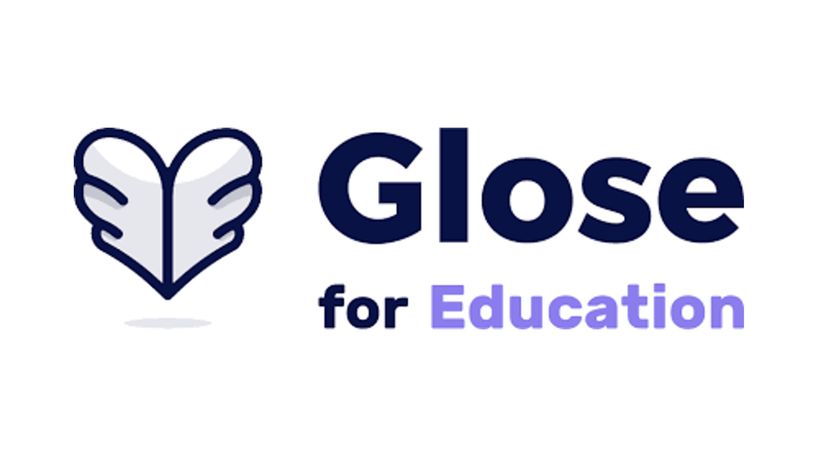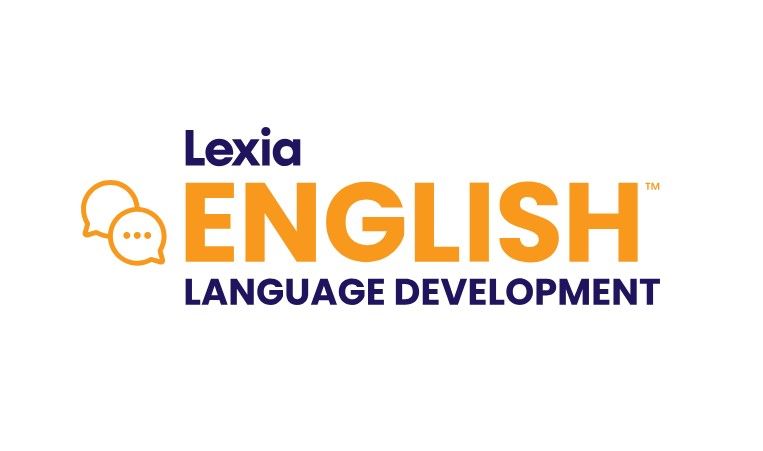E-Rate Update
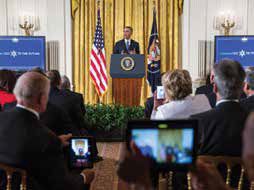
The Opposition Is Heard
Part of the dissenting statement by FCC Commissioner Ajit Pal on the $1.5b increase in funding to E-rate:
Having grown up in rural Kansas, I know what it’s like to wait for your hometown to catch up with urban America. In the 1980s, small towns were waiting for cable. In the 1990s, we waited for an Olive Garden. In the 2000s, we waited for good cellphone service. And today, it’s all about broadband.
Three years ago, the FCC told rural Americans they could stop waiting. The Commission’s Universal Service Transformation Order created the Connect America Fund, Phase II, which we anticipated would start paying for new broadband connections to unserved areas by January 1, 2013.
Almost two years later, we’re finally launching that project. I wish we [had] done so sooner—rural families and small businesses have already waited too long—but I’m glad nonetheless that we’re finally getting something done.
However, I cannot support every aspect of today’s decision because I fear that we are going to leave many communities without broadband for the foreseeable future. Incentivizing wireline broadband providers to deploy service deep into the unserved countryside requires a balancing act, one that the Universal Service Transformation Order performed admirably.
Yet today’s order disrupts that balance. Specifically, it raises the speed benchmark to 10 Mbps—the right call in my book—but then largely ignores that this change roughly doubles the expected costs of deployment. An appropriate counterweight would have been increasing the term of support from 5 years to 10, but the order only increases it marginally, to 6. This imbalance needlessly risks tipping the scales against deployment, which may strand millions of Americans in broadband dead zones for years to come.
For the full report go to: www.fcc.gov/article/doc-330989a5
Districts Take the Pledge
In November, President Obama hosted school leaders and educators from across the country at the White House for “ConnectED to the Future,” a day-long convening session to explore the potential of education technology and the innovations needed to bring America’s schools into the digital age. At the event, the President launched his administration’s effort to assist school leaders in their transition to digital learning, following his plan to connect 99 percent of America’s students to high-speed broadband Internet in their schools and libraries. More than 1,200 school superintendents took the Obama Administration’s Future Ready District Pledge to set a vision for digital learning across America. These educational leaders will foster a culture of learning through technology across their schools, assist their students and families in the transition to high-speed connectivity, provide their learners greater access to high-quality digital devices and content, and provide teachers and principals the support needed to use technology in innovative ways. Together, they will reach approximately 10 million students in more than 16,000 schools across all 50 states and the District of Columbia.
After taking the pledge, districts are eligible to attend one of twelve regional events across the country this year. Future Ready Regional Summits focus on a comprehensive set of issues that drive student learning. These issues include:

* curriculum, instruction, and assessment;
* professional learning;
* technology, networks, and hardware;
* budget and resources;
* data and privacy;
* use of time; and
* community partnerships.
Trained facilitators, skilled at using technology and digital learning effectively, many of them initiative partners, will lead the regional summits. The summits highlight experiences of districts in each region and offer district leaders tangible ways to build capacity among their teams and throughout their districts. Each team will leave with a concrete action plan for creating a Future Ready school district. The summits also encourage cross-district collaboration as participants join an active network of regional experts and other district leaders committed to sharing information and lessons learned.
For more information, go to: www.futurereadyschools.org
More Money For Schools
As reported by John Eggerton from Tech&Learning’s sister publication Multichannel News:
Tom Wheeler Amidst protests over Title II, a politically divided FCC voted 3-2 (Republicans strongly dissenting) to approve an expansion of the FCC’s E-rate program, which subsidizes advanced telecommunications for schools and libraries, including raising the cap on E-rate subsidies by up to 16 cents per phone line. The current tax on consumer phone bills is 99 cents per month for all Universal Service programs, the chairman said in announcing the proposal. In addition to the protestors, also speaking out were witnesses from schools and libraries, who said the expansion was crucial to learning in the digital age.
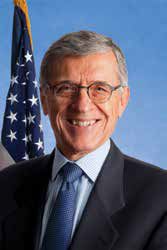
The FCC voted to increase the cap on E-rate funding by $1.5 billion to $3.9 billion, with inflation escalations as well. Republicans called it an ill-targeted spending spree. Democrats called it the launch of a necessary digital upgrade for the nation’s school kids, and FCC Chairman Tom Wheeler called it a moral imperative. The move also provides more payment flexibility for non-recurring construction costs, allows for self-construction of last mile facilities when that is the most cost-effective option, adjusts the per-square-foot calculation for funding, expands the definition of “rural” area eligibility to 250,000 people or less, and dismisses various challenges to the proposed new rules.
Wheeler said he was aghast at the hostility expressed to giving kids 21st-century education tools. He said the bottom line was that it was a moral issue. The greatest moral responsibility that any generation has is the preparation of the next generation. He said that 16 cents a month, less than the cost of a McDonald’s soda over the course of a year, is a small price to pay for that “great responsibility that we all have.”
Wheeler added that two-thirds of American schools, or about 40 million students, don’t currently have connections sufficient to support “modern digital learning. “ That, he said, is an “F.” Wheeler pointed out that he had spent the previous decade in the private sector as an investor. “This is the most significant investment I have made in my professional life,” he said.
See more at: www.multichannel.com/news/fcc/divided-fcc-votes-expand-e-rate/386230#sthash.x3KdM26f.dpuf
NEW E-RATE
* New policies channel more E-rate funding toward high-speed broadband and other technologies to provide schools and libraries with fast and reliable Web connectivity.
* Latest approach phases out support for various types of phone and “legacy” services that the FCC says are outmoded.
* Application process promises smoother funding, and more transparency about prices schools and libraries pay for services.
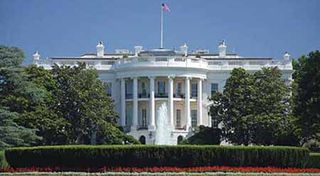
WHY DOES E-RATE MATTER?
* The E-rate discount represents the ONLY source of federal funding available for education technology.
* The US Education Department provides ZERO funding for education connectivity or professional development, even as schools brace for online assessments and the meaningful integration of technology in teaching and learning.
* The sole source of federal education technology money is the FCC, not USED.
* E-rate and connectivity are the difference between students having access to a 21stcentury digital learning experience and being left behind.
Tech & Learning Newsletter
Tools and ideas to transform education. Sign up below.


